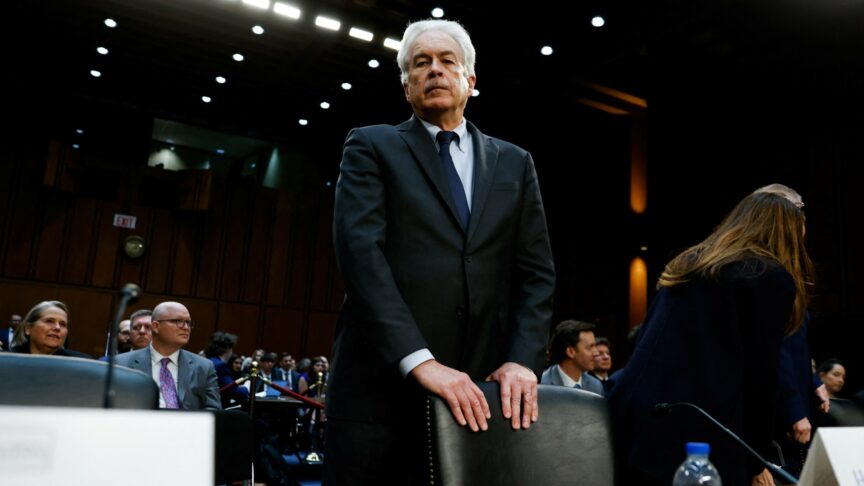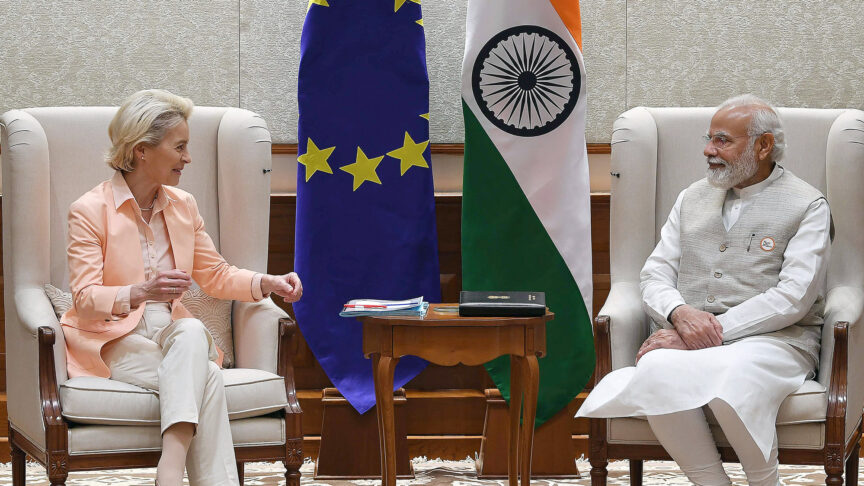Migrations: let’s not fall into ISIS’ trap
Closing our borders to keep the others away is precisely what ISIS wants.
In the news cycle, the connection between Europe’s refugee crisis and the attacks by Daesh in Paris was almost immediately clear. The news of a Syrian passport found on one of the attackers at the Stade de France was compounded by reports that the attacker had entered Europe along with other refugees through Greece and the Western Balkans. While intelligence sources have claimed that the passport might have been forged, statements by the French investigators make clear that the fingerprints of the attacker matched those collected in Greece.
Even without this connection, the link between the jihadist threat and the massive inflows of people from the Middle East into Europe had already been sketched out over the summer by some in the media and in politics. In fact, some EU member states had raised these concerns when refusing to accept Syrian refugees – concerns which the events in Paris have just strengthened. Far-right parties have made political use of this connection, calling for their countries to “close the borders” just hours after the attacks. It’s not far-fetched to think that the Paris attacks will push public opinion and politicians in Europe away from the “refugees welcome” line of this summer.
Paradoxically, even though they are coming from completely opposite backgrounds and using radically different means, European xenophobes and the so-called Islamic State have a shared goal: stopping the migration of Muslims to Europe.
In its summer issue, ISIS’ English language magazine Dabiq used the iconic picture of the dead child Aylan Kurdi lying face down on Bodrum’s beach in a rather different way to in Europe. Rather than to stir solidarity and empathy with the plight of the refugees, the picture was used by ISIS to warn against the “Danger of Abandoning the land of Islam”, as the headline read. The only legitimate exodus, ISIS ideologues write, is the one from Europe to the lands of Islam, not the one in the opposite direction. In fact, ISIS has only encouraged migration in one direction – from Europe to the territories under its control. The “migrants” following this pattern back to the Middle East, whom we define as “foreign fighters” in Europe, have played a special role in the expansion of ISIS in the region and an even more important role in both of the terrorist attacks in Paris this year. Yet, they seem to matter less in the public conversation today than the refugees who have gone in the opposite direction, fleeing to Europe. To them, the ISIS magazine says that “voluntarily leaving the land of Islam for the land of infidels is a major sin” which leaves one’s children and grandchildren “under the constant threat of fornication, sodomy, drugs and alcohol”.
Building an Islamic utopia is part and parcel of the politics of the Caliphate and one of the major “pull factors” for those travelling there from Europe. As for other utopias (think of the old Soviet bloc), those in charge see no reason for people to flee. Migration to “the other side” is seen as a political betrayal before it is considered an economic loss. To this end, East Germany built the Berlin wall: to keep its people in, rather than to keep strangers out.
The Syrian passport found on one of the attackers in Paris could actually be ISIS’ equivalent of the Berlin wall, only in this case ISIS pushes Europe to build the wall (or maybe, an archipelago of walls) to keep people from fleeing the “Islamic utopia”. And there is more. Europe’s push-backs, sometimes corroborated with anti-Islamic rhetoric, have already been used in the past months to radicalise people in the refugee camps.
In the Middle East, there is a long history connecting large refugee populations to radical political groups (for instance many of the violent Palestinian groups were founded in camps) and this wrongly leads to a criminalisation of refugees as a whole rather than to a change in policy. The history of Palestinian refugees demonstrates the extent to which a large refugee population can test the resilience of countries like Lebanon and Jordan. In the 1970s, both countries were severely destabilised by the fallout of the Palestinian refugee issue – with Lebanon eventually sliding into a lengthy civil war in which Palestinian factions played a crucial role. Coincidentally, the resilience of the same countries is now severely tested by the influx of millions of Syrians – and the Palestinian refugees have not left in the meantime.
This historical precedent should not lead to the criminalisation of refugees, quite the opposite. Refugees are the victims of violence but their presence, if not properly managed, can be instrumentalised by ISIS in several ways.
First, by placing immense pressure on fragile states. The policy of “keeping Muslims at home” could feed the instability and expansion of ungoverned spaces on which jihadists thrive. Second, Islamophobic anti-refugee rhetoric (and more so, policies) are a gift for radicalisation efforts both in the Middle East and in Europe. Third, further clamping down on all legal avenues for refugees and migrants is a boon for smuggling networks. These in turn destabilise governments by infiltrating them and corrupting officials. Particularly in North Africa, an area where the expansion of IS and other jihadist groups is visible, there is an increasing contiguity between organised crime, people smuggling and jihadism.
This leads to some policy considerations. First, improving the living conditions of refugees in the region (and particularly in Lebanon and Jordan) is not just a noble policy but also a pragmatic one which can counter radicalisation and help to prevent destabilisation of host countries. Second, it’s not realistic to think that the same countries will be able to absorb such a high number of refugees. Unless Europe decides to take more itself, it will have to witness growing instability in Syria’s neighbourhood. Refugees will have to be allowed to arrive in Europe in a much more orderly manner than in the past, and the only solution is to create legal channels so that refugees don’t have to resort to smugglers to come to Europe and apply for asylum.
Most important of all, while there is a strong emphasis on how to fight the war against ISIS in Syria, there should be an equal emphasis on how to make peace in the rest of the country. The negotiations in Vienna between all the major powers seem to have made significant inroads. At the same time, the scale of the threat for Europe should trigger a rethink of how we relate with our allies in the region. We should always assess how much they are contributing to the de-escalation of the conflicts in Syria and Libya, which have fuelled the refugee crisis and the rise of ISIS the most. Europe should not let any partner, particularly Turkey, feed a perverse system in which migration flows become leverage in the service of a domestic and foreign policy whose record on fighting ISIS is questionable.
Ultimately, the combination of the refugee crisis and the jihadist threat should lead Europe to be more assertive in the region and more realistic in its approach to migration. Closing our borders to keep the others away is precisely what ISIS wants. Let’s not fall into this trap.
The European Council on Foreign Relations does not take collective positions. ECFR publications only represent the views of their individual authors.


